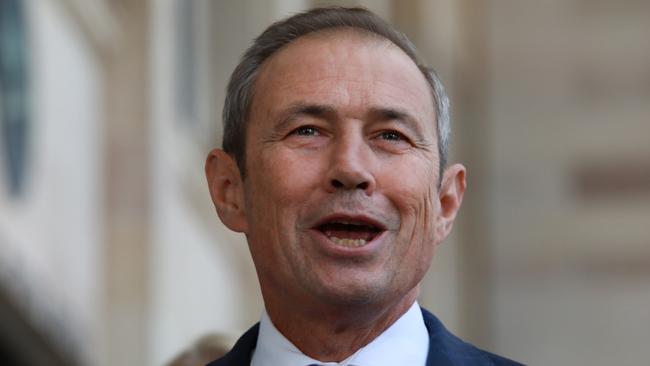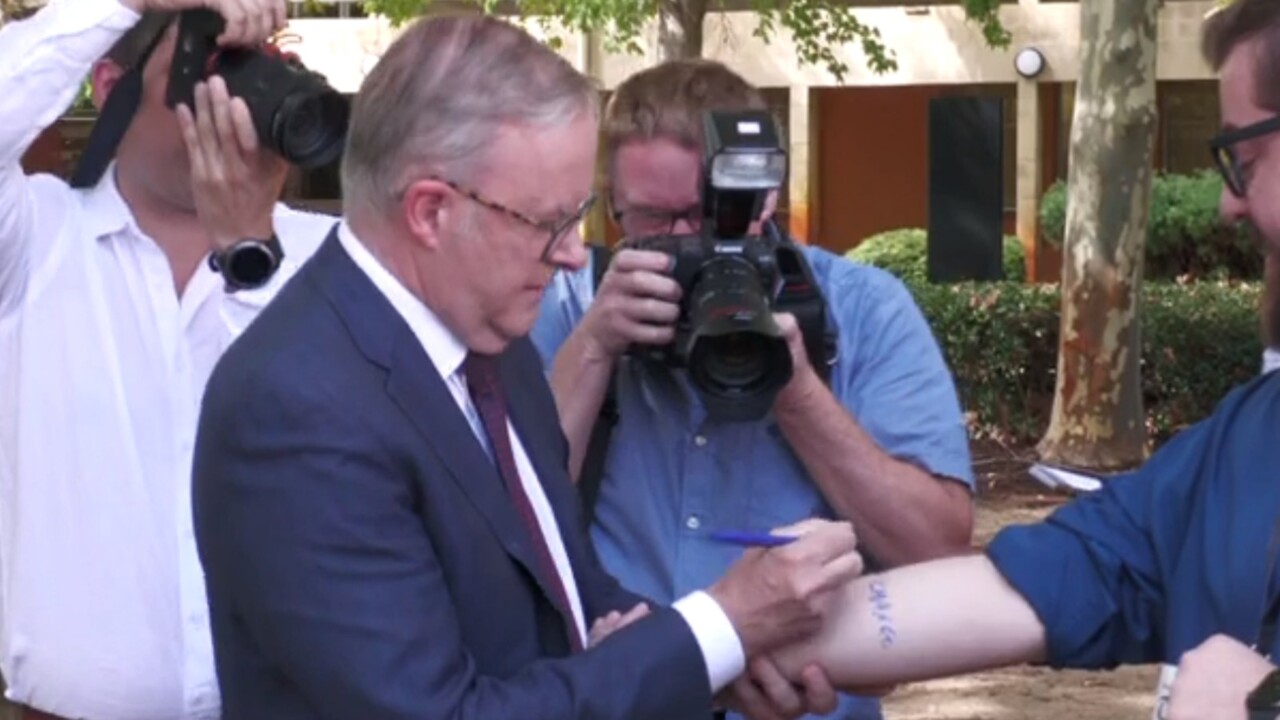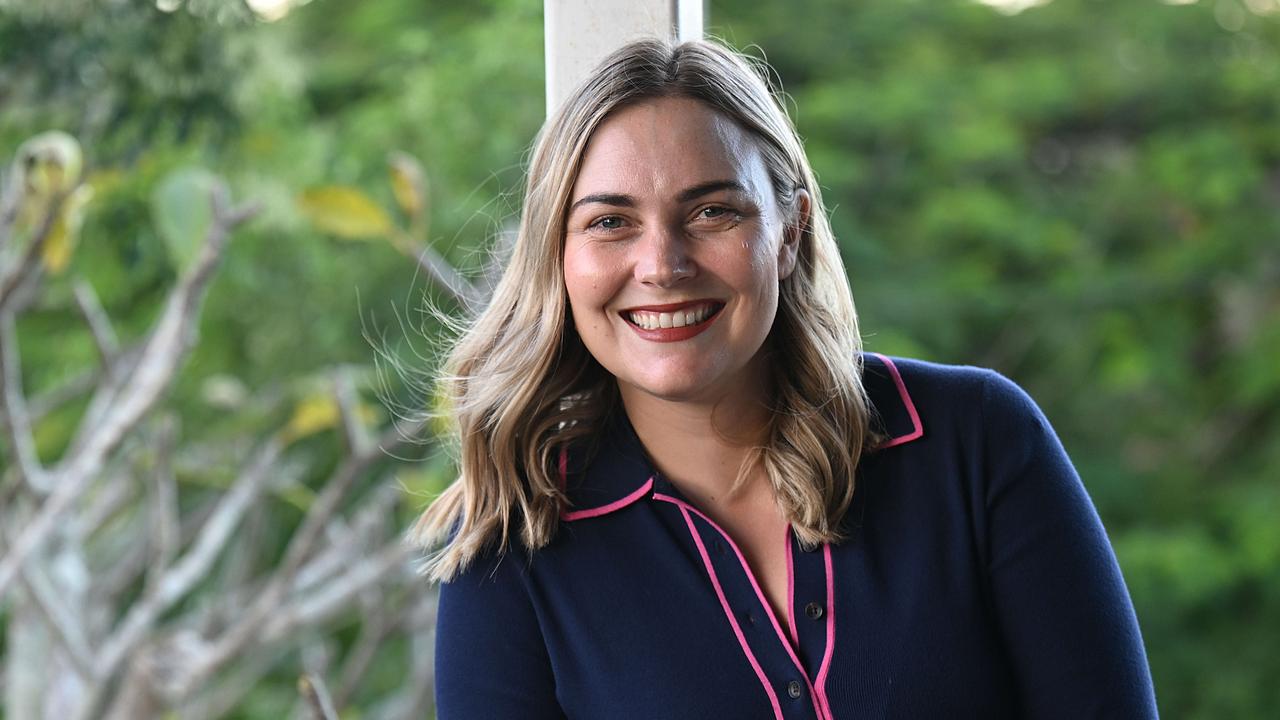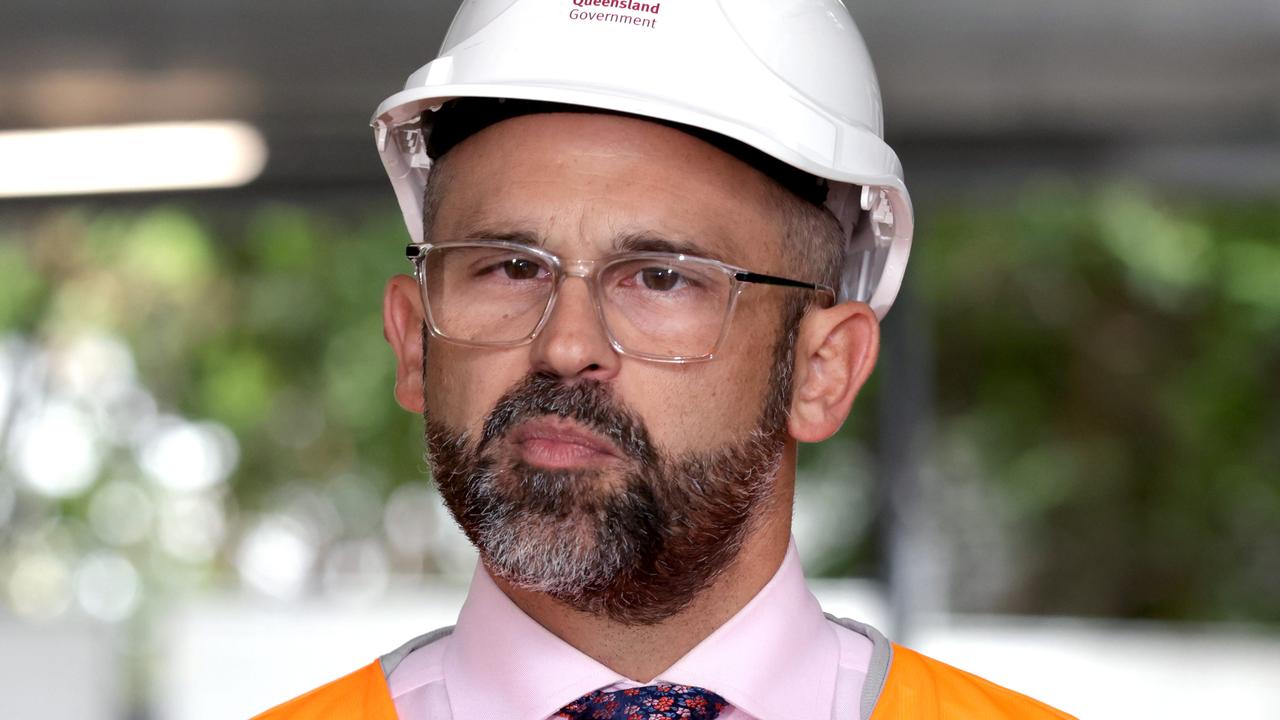Western Australia’s GST windfall revealed
Taxpayers will pay $5.2bn in the next financial year to provide WA, which records rolling budget surpluses, with an extra $6.2bn in GST revenue.

Taxpayers will pay $5.2bn in the next financial year to provide the nation’s richest state, Western Australia, with an extra $6.2bn in GST revenue under the sweetheart deal struck with the former Coalition government and which Jim Chalmers has extended until the end of the decade.
WA is in the strongest fiscal position in the country, recording impressive, rolling budget surpluses courtesy of a multi-year boom in iron ore prices that is the envy of heavily indebted states such as NSW and Victoria, which have struggled to balance their books since the pandemic blew a hole in their finances.
NSW could be up to $10bn worse off over the next four years after the state’s share of the annual GST take was slashed, a move NSW Treasurer Daniel Mookhey slammed as “absurd”.
“NSW takes most of the nation’s population growth, but is being punished by having its GST cut,” Mr Mookhey said.
This financial year, the state’s share of the GST was set to plunge from 92.4 per cent to 86.7 per cent, which would leave the coffers about $1.65bn worse off, and Treasury officials said on Tuesday the move could cost NSW anywhere between $6bn and $10bn over the next four years.
“It is an absurd process in dire need of reform,” Mr Mookhey said.
The Commonwealth Grants Commission advises the federal government on how to carve up the estimated $89bn pool of annual GST revenue between the states and territories, based on need and the fiscal capacity of each state.
But the deal with the Coalition in 2018 set a per capita relativity floor under the share of GST revenue to be returned to the state, a floor that will climb from 70 per cent to 75 per cent in 2024-25, according to the CGC’s new estimates of GST distribution for the next financial year.
With iron ore export prices stuck above $US100 a tonne, WA would normally be expected to receive a lower portion of the federal pool of GST revenue, based on a formula in place since the introduction of the tax in 2000.
“In the absence of the relativity floor, Western Australia’s strong relative fiscal capacity would result in it receiving a relativity below the floor,” the CGC report states.
As a result of a deal agreed in 2018 to protect Liberal seats in WA, the commission estimated the state would receive $6.2bn more GST in 2024–25 than it would have under the original GST distribution arrangements.
“As the GST is distributed from a fixed pool, lifting Western Australia’s relativity to the floor reduces the relativities of the other states,” the report states.
“However, the commonwealth will make additional payments to 2029–30 so that no state will be worse off than they would have been under the previous GST distribution arrangements (the ‘no worse off guarantee’).” The size of those “no worse-off” payments is estimated to lift by $344m to $5.2bn in 2024-25.
Independent economist Saul Eslake said it was “scandalous” the richest state in the country – and by the biggest margin of any state or territory in history – “is given money to run even bigger surpluses”.

Mr Eslake estimated the no worse off deal would cost federal taxpayers $40bn by the time it’s supposed to expire in mid-2030, assuming the iron ore price drops to US$60 a tonne by September.
If the iron ore price stayed high until 2029-30, the cost would be at least $50bn over 11 years.
“That’s the largest cost ‘blowout’ of any single policy initiative ever, with the possible exception of the NDIS,” Mr Eslake said.
WA’s embarrassment of riches had led the state government to actually pursue measures to reduce its budget surplus.
ADDITIONAL REPORTING: Sofia Dmitrieva








To join the conversation, please log in. Don't have an account? Register
Join the conversation, you are commenting as Logout